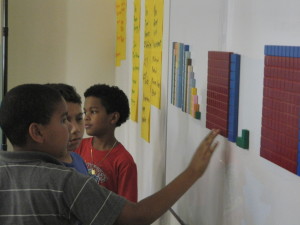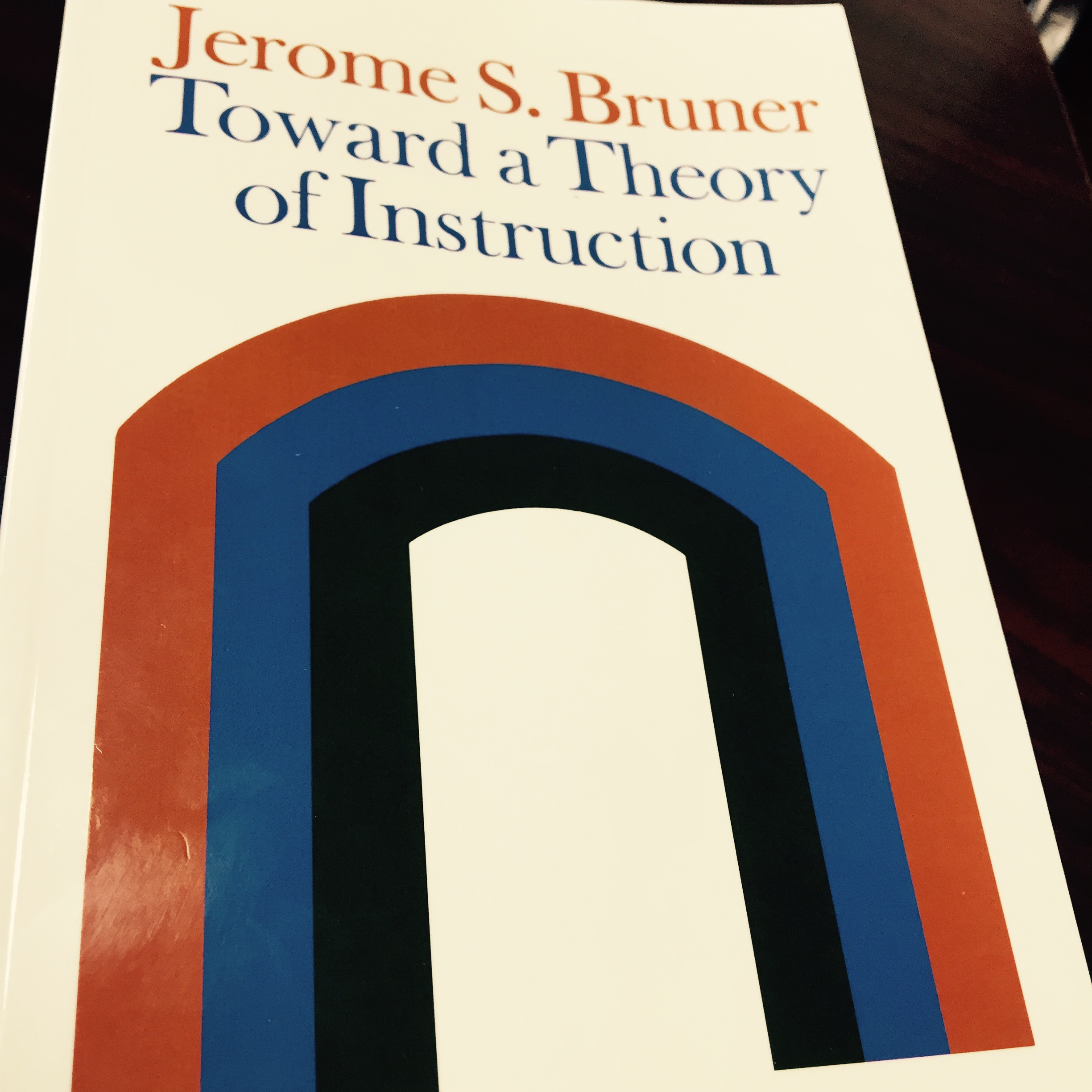
For many, if not all, students, achieving mastery in mathematics involves intense struggle. Often, that struggle is seen as a negative thing, by teachers and students alike, and becomes the source of frustration. But what if we were to shift our perspective on students as “mistake-makers” to “sense makers”? What if we celebrated the process, trials and errors and all, as much as the ability to solve a problem and get a right answer?
This perspective, students as sense-makers, is championed by math teacher David Wees. In an article in MindShift, Wee is quoted:
“I want to know the ways that they [the students] are thinking rather than the ways they are making mistakes . . . My interpretation that they’re making a mistake is a judgment and usually ends my thinking about what they are doing.â€
This way of thinking is also celebrated by mathematician Paul Lockhart who writes:
Mathematics is the art of explanation. If you deny students the opportunity to engage in this activity— to pose their own problems, make their own conjectures and discoveries, to be wrong, to be creatively frustrated, to have an inspiration, and to cobble together their own explanations and proofs— you deny them mathematics itself.
Wees says that “Kids ask questions: 1) to find out if they did the problem right; 2) because the teacher is standing near them and they can, and; 3) occasionally they ask “I wonder what if†questions, which show they are thinking about the math.” In order to help his students develop their mathematical thinking abilities “Wees took to not answering the first two kinds of questions and encouraging the third. He found himself often asking the same question, whether a student had gotten the problem right or wrong. He’d ask them to explain their answer or how they could check to see if they were right or wrong.”
To explore more about this philosophy of mathematics, check out my series on parental engagement in math. And to read about how we can turn everyone into a math person, click here.








